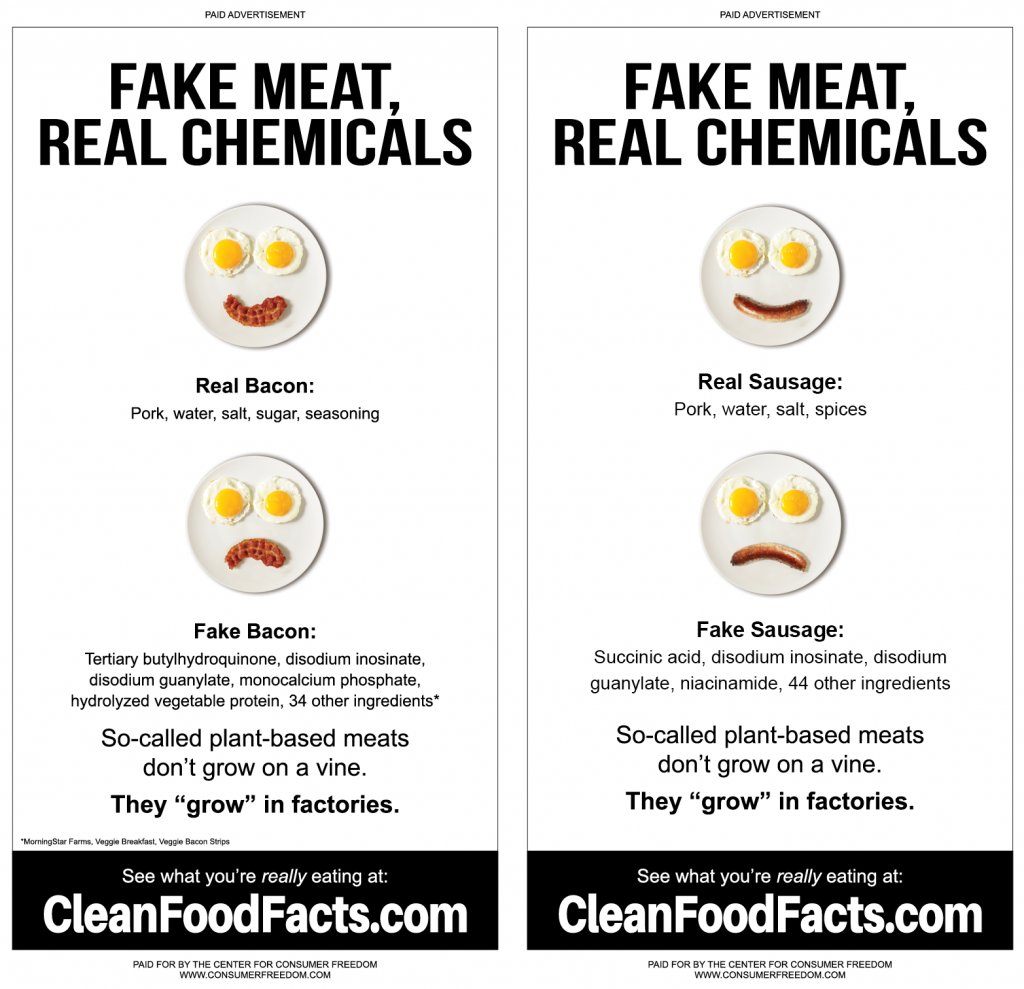As we’ve noted before, the truth (or fiction) behind America’s “obesity epidemic” ultimately comes down to simple math: the balance between calories “in” from food & drink, and calories “out” from physical activity. An imbalance translates to weight gain (or loss). But there’s a competing obesity theory, one that strains common sense. The thesis? Scary-sounding chemicals might be to blame.
Here’s how the theory goes: There are “obesogenic” chemicals in fruits, vegetables, canned foods, plastics, and—well, everything. They supposedly get into our bodies and make us pile on weight by interfering with hormones.
But the anti-chemical crusaders whipping up this latest scare fail a few basic logic tests.
The first one is known in academic circles as “post hoc ergo propter hoc”—or “after this, therefore because of this.” Activists point to the fact that as certain chemicals have proliferated, during recent decades, we’ve also gained weight. But an association between two things doesn’t mean that one causes the other. Think about how ice cream sales and shark attacks both increase at the same time of year—during the summer.
So do those scary-sounding chemicals cause obesity, or don’t they? Ultimately, the whole idea falls apart. In today’s Wall Street Journal, assistant editor Allysia Finley writes that the “obesogen” theory doesn’t hold much (if any) scientific water:
[B]iologist Randy Seeley at the Endrocrinology Department of the University of Cincinnati College of Medicine is skeptical. He says the current data have "a lot of weaknesses" and that "the work has not been done very well" …
Chemist Joe Schwarcz at McGill University's Office for Science and Society notes that the doses of these chemicals found in food are likely too low—we're talking in millionths of grams—to have a material effect. "Every day people are exposed to hundreds of thousands of natural and artificial chemicals which would show very similar effects if run through these sensitive tests," he says. Even the sugar fructose, which naturally occurs in fruit, and genistein in soy show obesogenic effects when tested in rodents.
In other words, “the dose makes the poison.” We typically encounter phthalates and other chemicals in such small quantities that laboratory studies can’t predict what happens in … well, the real world.
If tiny amounts of chemicals were somehow causing us to become fat, people would panic—after all, chemicals are in absolutely everything and most of them exist in microscopic amounts. Ah, but never fear: Finley notes that two purveyors of the “hard-to-pronounce things are making us fat” theory helpfully also have a cure for us to avoid these “obesogens”: Eat organic food.
Really? Is this whole thing a new ploy from the organic food industry to create yet another “health halo”? If organic marketers are looking for a new marketing edge now that most of its other claims haven’t panned out, this is certainly an interesting basket to put their eggs in.
And it might work—at least until grocery shoppers realize that some organic foods are processed and packaged in the same cans and plastic containers that more conventional food marketers use. If you pay extra for an organic frozen entrée in a plastic microwaveable tray, will a host of hidden chemicals turn you into a plus-size model or not?
Ultimately, the activists promoting the idea of “fatter living through chemistry” need to decide whether they’re railing against non-organic foods, or just objecting to any food packed in plastic. And while they’re thinking about that, they should take a nice brisk walk around the block. It burns calories, you know.




